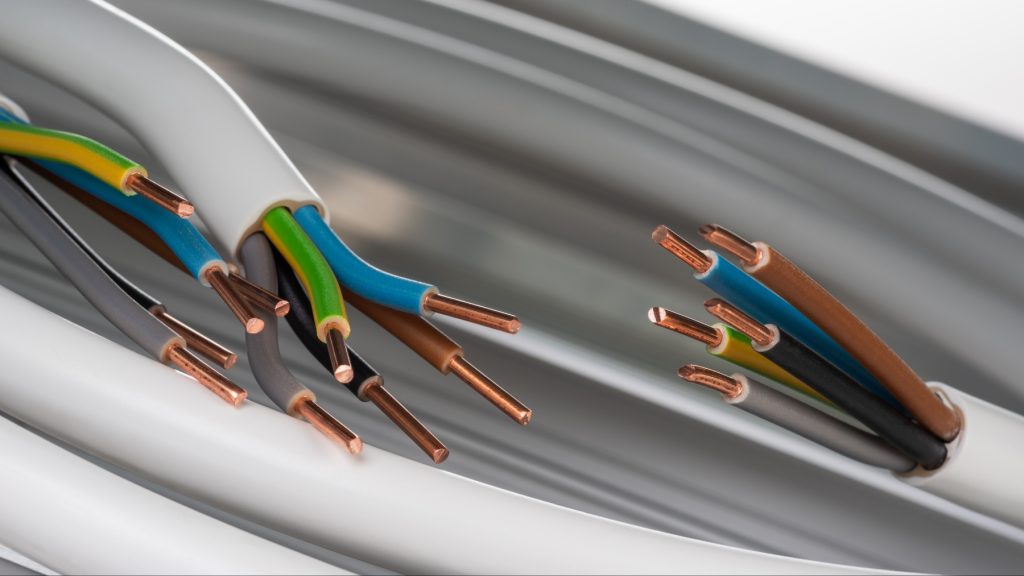
VEIR has invented a novel power transmission method that can outperform conventional lines by 5 to 10 times.
- It relies on superconducting cables and an advanced cooling system.
- While their plans focus on the U.S. and Europe, the technology could enhance the quality of life in countries with underdeveloped electrical infrastructure.
VEIR developed a new power transmission method to boost capacity by 5 to 10 times more than conventional lines, which could reform the infrastructure in underserved countries.
Several countries are suffering from aging electrical infrastructure. With the increased popularity of renewable energy, power lines cannot handle and keep up the power transmission. According to McKinsey and Company, the move to renewable energy sources will increase electricity demand by 40% from 2020 to 2030 and double it by 2050. If the cables aren’t substituted with something that can withstand the load, there might be network instability at the consumer’s end. Other issues also include voltage instabilities, frequency inconsistencies, and harmonic distortion of the power system.
A Tragic Story of Power Transmission
You can see this hike in demand for renewable energy sources when looking at Lebanon, where electricity is almost the definition of a crisis. The electricity provided by the government is unreliable at best and non-existent at best. And once the national currency crashed, private generator owners turned into piranhas, increasing the rate and still giving electricity intermittently. So, most Lebanese resorted to installing their own solar energy systems. The Lebanese government built its own solar farm to no avail, but it wasn’t enough because the electrical infrastructure for power transmission was just not there.
But Not All Hope IS Lost
VEIR developed a new power transmission method using superconducting cables and an advanced cooling system. Through this combination, the power lines can carry up to 400 megawatts. Considering that the startup is planning on modifying it to handle more, it might push transmission capacity to surpass conventional lines by 5 to 10 times.
MIT alumni and VEIR co-founder Tim Heidel explained that this power transmission method allows them to “deploy much higher power levels at much lower voltage.” He noted that this capability reduces, in turn, the footprint and visual impact. They are hoping that the public will be much more receptive to their product.
In the MIT press release, Heidel further explained that building high-power transmission infrastructure is a long process, possibly spanning decades. “There’s been quite a few examples of projects that folks have had to abandon because they realize that there’s just so much opposition, or there’s too much complexity to pull it off cost-effectively,” he added.
Democratizing Energy Distribution
While VEIR has plans mostly for the U.S. and America, their technology could come in handy for the rest of the world. It could democratize energy distribution and power transmission. It integrates more renewable energy sources into the grid, reduces the physical and visual footprint of power lines, and enhances the resilience of the power grid. As a result, it makes it possible to deliver more power to more people more efficiently and reliably.
Final Thoughts
There was a time in Lebanon, when throughout the day, government electricity would cut off and private generators would take over so they could relieve the grid. Nowadays, it’s just private generators running, you’d be lucky to come home and find the elevator working. If VEIR’s new method of power transmission were to be applied in countries like Lebanon and South Africa, it would do wonders in improving people’s quality of life.
Inside Telecom provides you with an extensive list of content covering all aspects of the tech industry. Keep an eye on our Tech sections to stay informed and up-to-date with our daily articles.